On this page, you can expect to find a comprehensive vocabulary list related to the subject of scrapbooking. There are resources such as games, flashcards, and other tools to help you learn and practice the terminology commonly used in scrapbooking. Explore the links provided to enhance your understanding of this creative hobby.
Scrapbooking is a creative and popular hobby that involves preserving memories through the art of arranging and decorating photos, mementos, and memorabilia in a personalized album. The process allows individuals to showcase their creativity, storytelling, and design skills while cherishing and reliving special moments. With a plethora of scrapbooking supplies and tools available in the market, enthusiasts can easily create unique and visually appealing layouts. Whether it’s for documenting family vacations, milestones, or special occasions, scrapbooking offers a fun and rewarding way to capture and celebrate life’s precious moments.
Practice & Reinforce Your Learning
Scrapbooking Vocabulary List
Scrapbooks
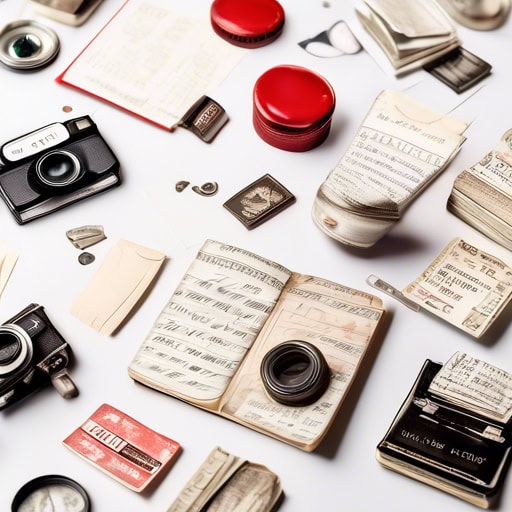
- I love flipping through my scrapbook and reminiscing about all the precious memories I've collected over the years.
- The memories of my childhood vacations flood back to me whenever I look at the photos and souvenirs in my scrapbook.
- Preserving these memories in my scrapbook brings me so much joy and helps me cherish the special moments in my life.
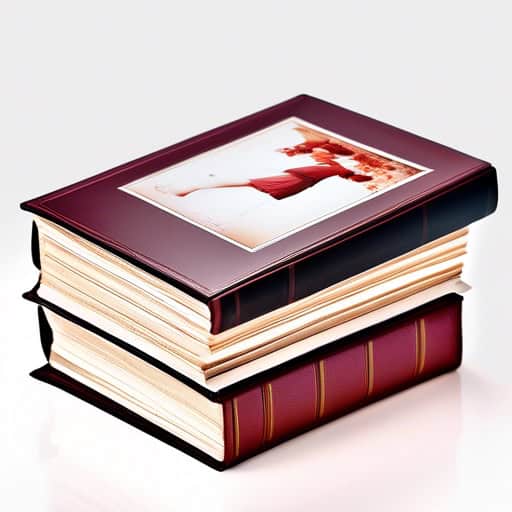
- I have a collection of albums filled with memories from my travels around the world.
- She spent hours carefully arranging each photo and keepsake in her scrapbooking albums.
- My grandmother's albums are filled with black and white photos from her youth.
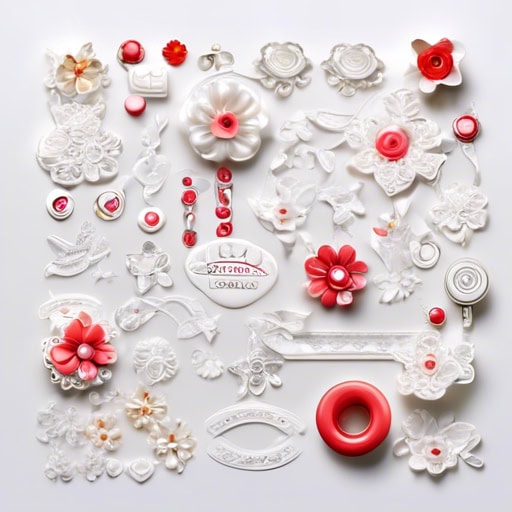
- She added glittery stickers and colorful ribbons as embellishments to her scrapbook page.
- The buttons and charms she used as embellishments gave her scrapbook a unique and personalized touch.
- The delicate lace trim she used as an embellishment perfectly complemented the vintage theme of her scrapbook layout.
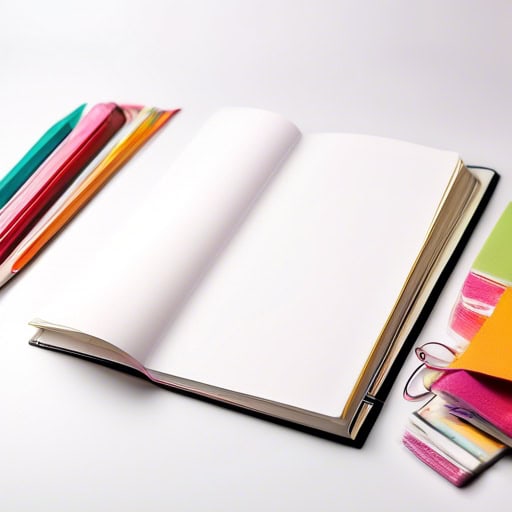
- I find journaling to be a therapeutic way to document my feelings and experiences.
- Journaling has become an essential part of my daily routine for self-reflection and personal growth.
- The art of journaling allows me to preserve precious memories and create meaningful keepsakes for future generations.
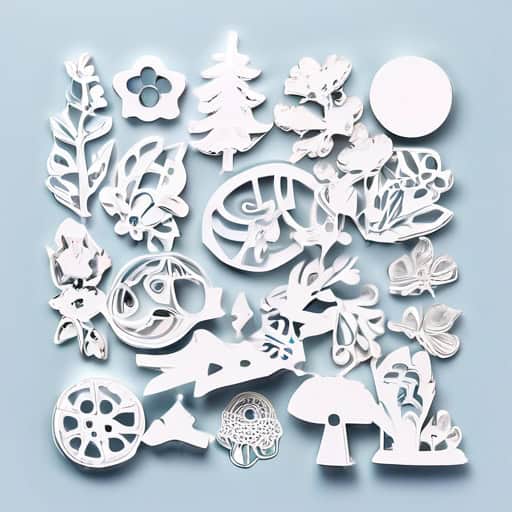
- The die cuts I purchased for my scrapbook project included flowers, hearts, and stars.
- I love using die cuts to embellish my greeting cards and make them more visually appealing.
- She spent hours carefully selecting and arranging die cuts on her scrapbook page to create a beautiful design.
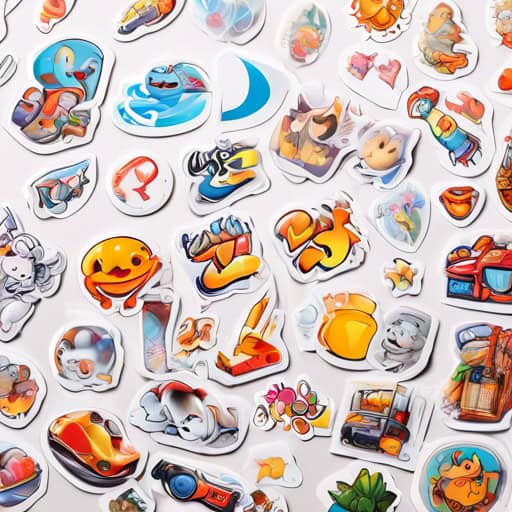
- I love using stickers in my scrapbook to add a pop of color and personality to my pages.
- My daughter enjoys collecting stickers of her favorite characters and placing them on her school supplies.
- I always make sure to have a variety of stickers on hand for my crafting projects.
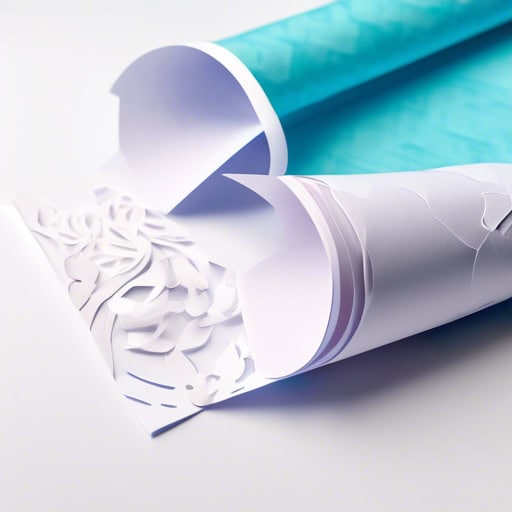
- I enjoy spending my weekends engaging in paper crafting activities, creating beautiful cards and decorations for special occasions.
- Paper crafting has become a popular hobby among many individuals who appreciate the creativity and relaxation it provides.
- The intricate details and designs that can be achieved through paper crafting never cease to amaze me.
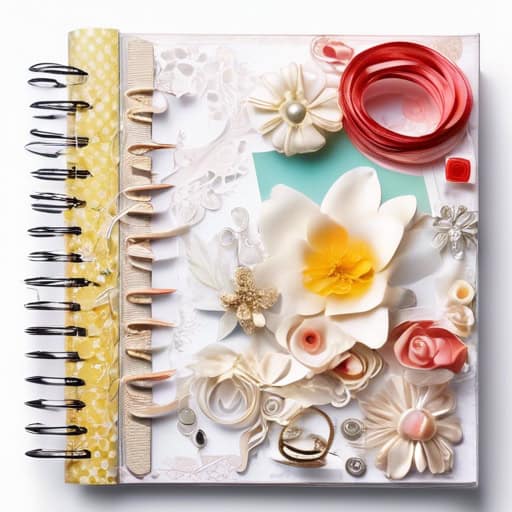
- I spent the afternoon scrapbooking with my friends, reliving our memories through photos and mementos.
- Scrapbooking allows me to express my creativity and document important moments in a unique way.
- I love flipping through my scrapbooks and reminiscing about all the fun times I've had with my family and friends.
Gathering materials
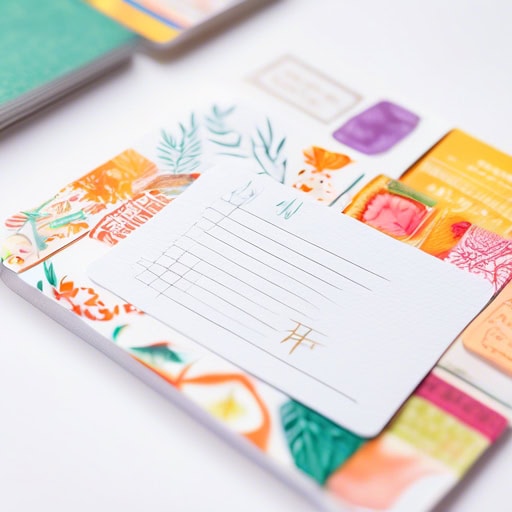
- I love using journaling cards to add a personal touch to my scrapbook pages.
- The journaling cards come in a variety of designs and sizes, making it easy to find the perfect fit for each page.
- I enjoy taking the time to write meaningful messages on my journaling cards to enhance my memories in my scrapbook.
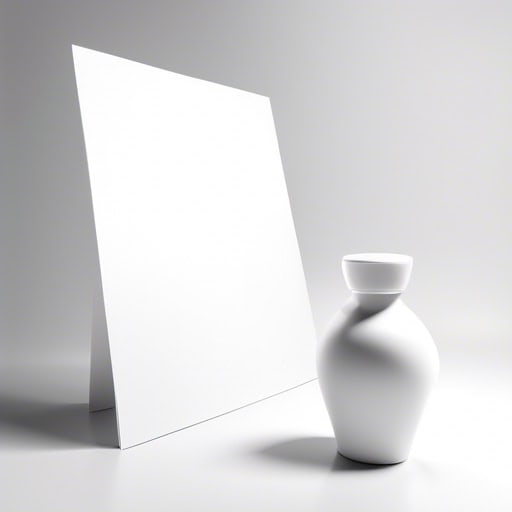
- I love looking through old photos to reminisce about past vacations and family gatherings.
- Digital photos are convenient for sharing on social media, but there's something special about holding a printed photo in your hands.
- I enjoy creating scrapbooks filled with photos and mementos to document important events in my life.
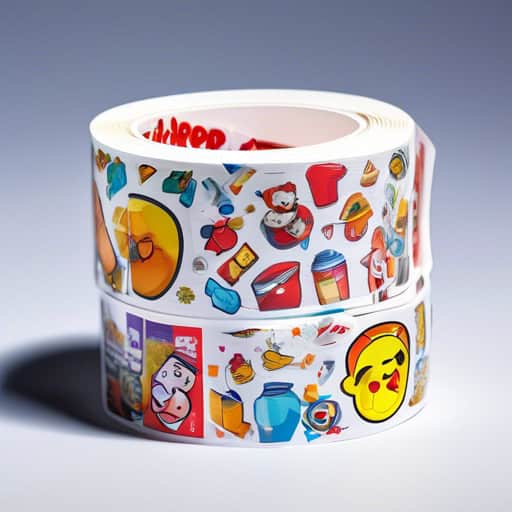
- I love using stickers to personalize my scrapbook pages with fun designs and patterns.
- The stickers I chose for my project added the perfect touch of whimsy.
- She carefully arranged the stickers on her page before securing them in place with adhesive.
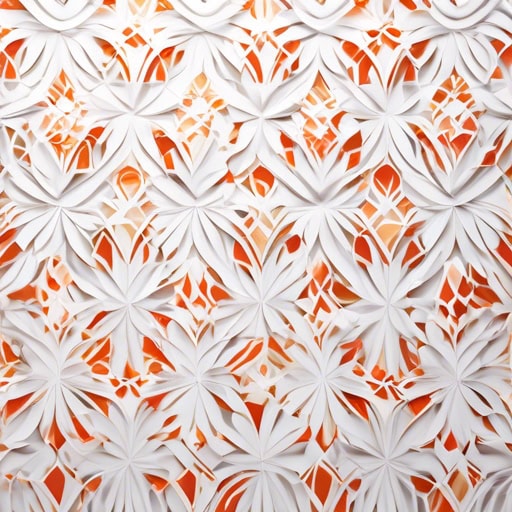
- She carefully cut out shapes from the patterned paper to create a colorful collage for her scrapbook.
- The patterned paper she chose had a delicate floral design that added a lovely touch to her handmade card.
- The store had a wide selection of patterned paper, from bold geometric prints to whimsical patterns featuring animals and plants.
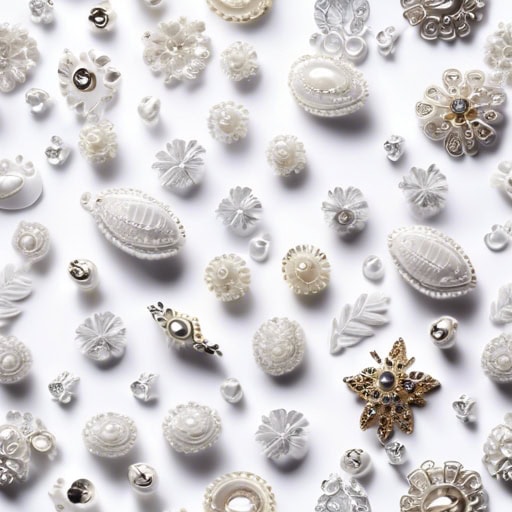
- The scrapbook layout featured an array of colorful embellishments that added a playful touch to the design.
- She spent hours carefully selecting the perfect embellishments to complement the photos in her scrapbook.
- The handmade card was adorned with elegant embellishments, making it a beautiful keepsake for the recipient.
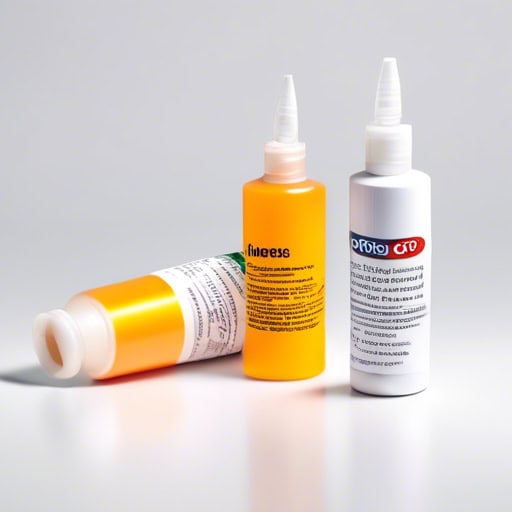
- The adhesive I used on my scrapbook page made it easy to attach photos and embellishments securely.
- I prefer using adhesive dots to attach delicate items to my scrapbook layouts.
- The adhesive tape I bought at the craft store is great for sticking cardstock together.
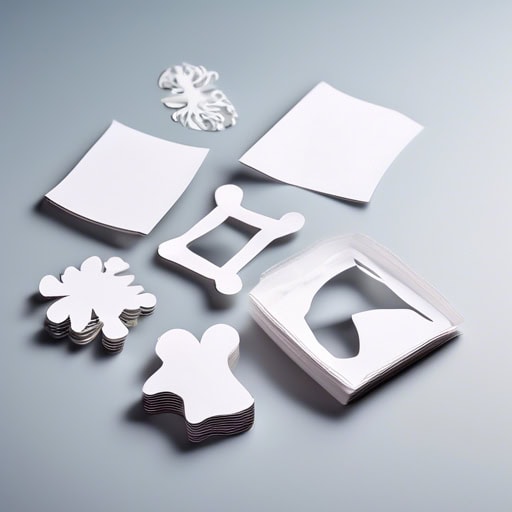
- The die cuts I used for my scrapbook page added a pop of color and dimension.
- I love the intricate designs of die cuts and how they enhance my projects.
- I always keep a variety of die cuts on hand for when inspiration strikes.
Designing layout
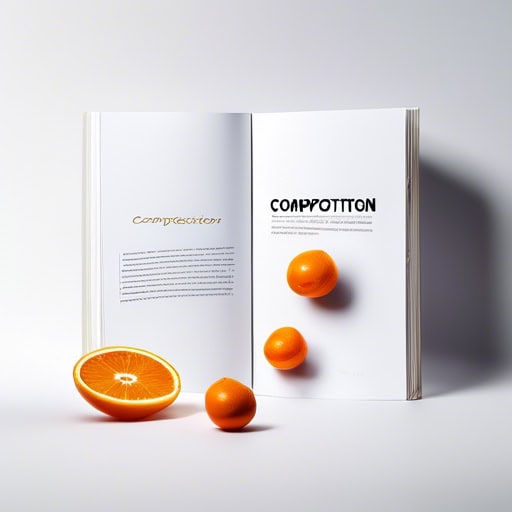
- Her scrapbook page had a beautiful composition with carefully placed photos and colorful embellishments.
- The composition of the layout was well-balanced, with the title at the top and photos arranged in a diagonal pattern.
- I spent hours working on the composition of my scrapbook page, making sure every element was placed just right.
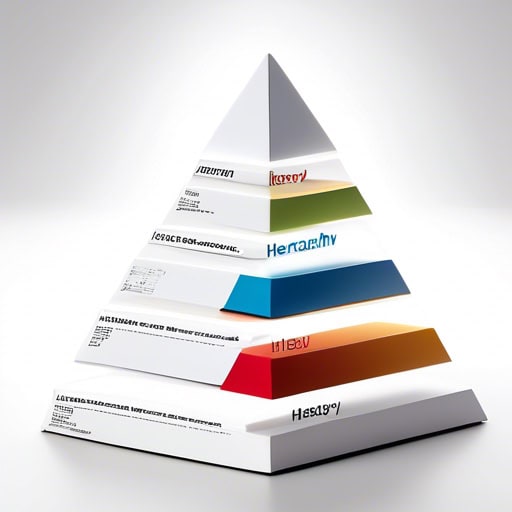
- In scrapbooking layout design, it is important to establish a clear hierarchy of photos and embellishments to guide the viewer's eye.
- Creating a strong hierarchy in your scrapbook page can help emphasize key elements and tell a compelling story.
- A well-defined hierarchy in scrapbooking layout design can help bring balance and cohesion to your overall composition.

- The key to a successful scrapbook layout is achieving proper alignment of photos, embellishments, and text.
- Make sure to use a ruler or grid paper to ensure everything is in perfect alignment before adhering it down.
- Experiment with different types of alignment, such as centered, left-aligned, or right-aligned, to see what works best for your design.
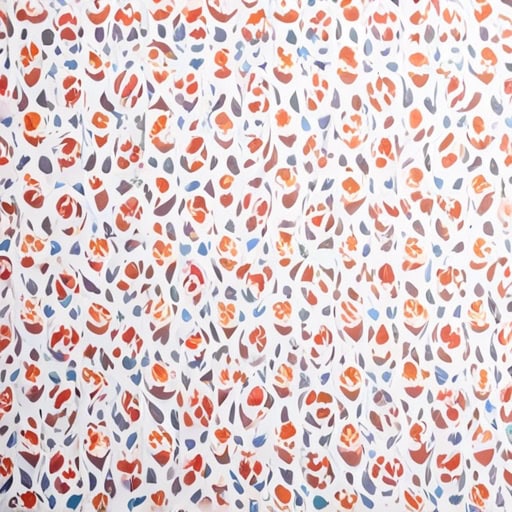
- She carefully selected a few sheets of patterned paper to use as background for her scrapbook page.
- The intricate floral design on the patterned paper added a pop of color to the layout.
- Using patterned paper with stripes and polka dots created a playful and fun look for her project.

- She enjoyed layering various patterned papers to create a dynamic background for her scrapbook layout.
- The key to successful layering in scrapbooking is to vary the sizes and textures of the elements you use.
- Adding dimension through layering can really make your scrapbook pages stand out.
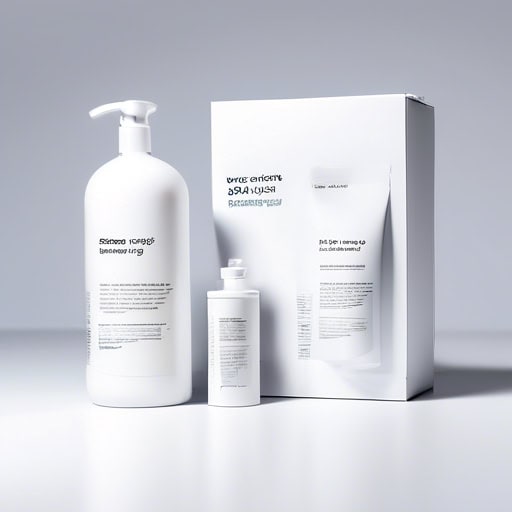
- The theme of my daughter's birthday party was unicorns and rainbows.
- The theme of the novel centered around the importance of family bonds.
- The theme of the art exhibit was nature and sustainability.
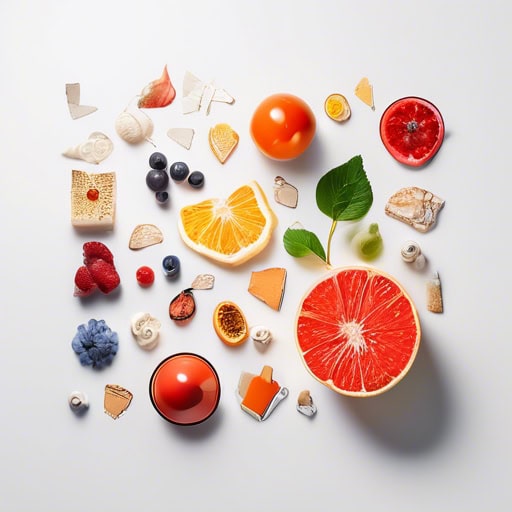
- She spent hours creating a beautiful collage of memories from her recent vacation.
- The collage featured a mix of photos, ticket stubs, and colorful paper cutouts.
- The scrapbook page came together with the perfect balance of collage elements.
Adding embellishments
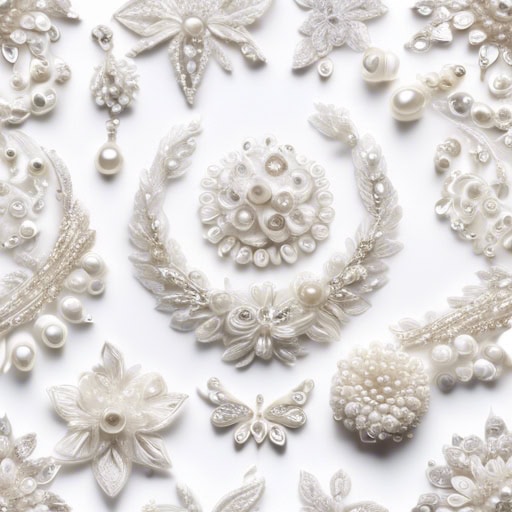
- Her dress was adorned with intricate embellishments that shimmered in the light.
- The artist carefully added embellishments to the painting, creating a beautiful and unique masterpiece.
- The scrapbook was filled with colorful embellishments that added flair to each page.
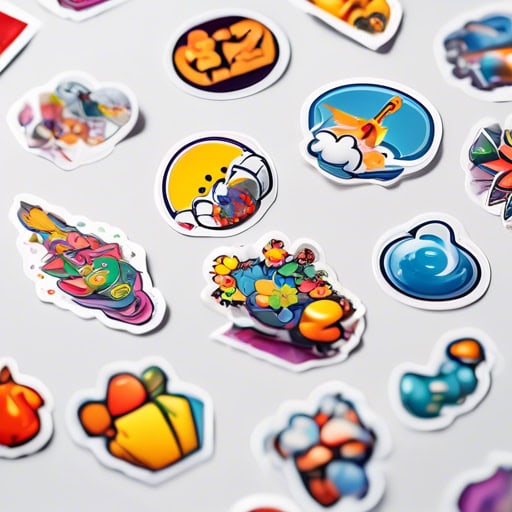
- I love using stickers to add a pop of color and personality to my scrapbook pages.
- The stickers I found at the craft store are perfect for adding a touch of whimsy to my project.
- I have a collection of stickers with different themes like travel, animals, and holidays.
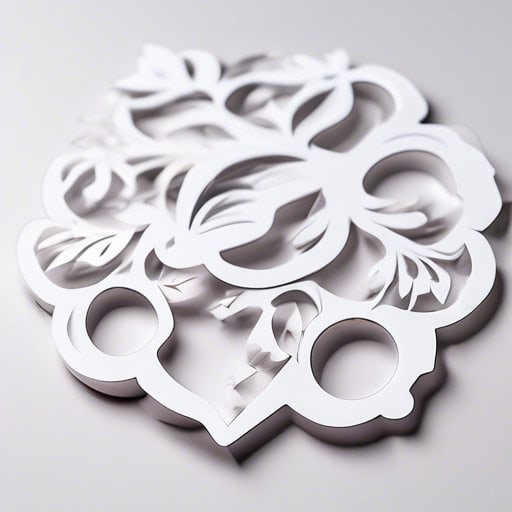
- I used die cuts of flowers and butterflies to embellish my scrapbook page.
- The die cuts I purchased are perfect for adding a touch of elegance to my handmade cards.
- She carefully organized her collection of die cuts by theme and color for easy access when creating her projects.

- She carefully tied ribbons around the edges of her scrapbook pages to give them a festive touch.
- The ribbons added a pop of color and elegance to her handmade cards.
- She layered ribbons of different widths and textures to create a visually appealing border on her photo collage.
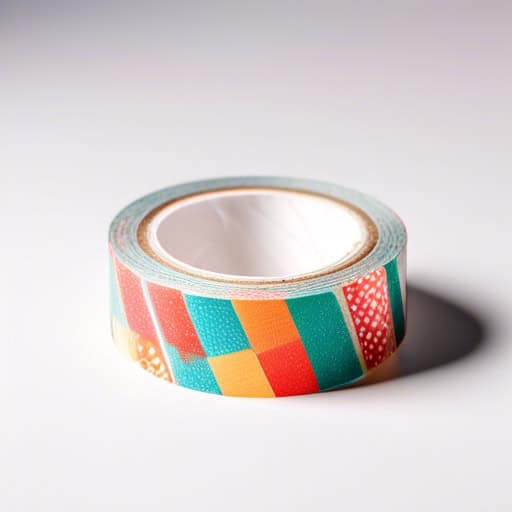
- I love using Washi tape to add unique designs to my scrapbook pages.
- The Washi tape with floral patterns adds a beautiful touch to my handmade cards.
- I always keep a variety of Washi tape in my craft drawer for when inspiration strikes.
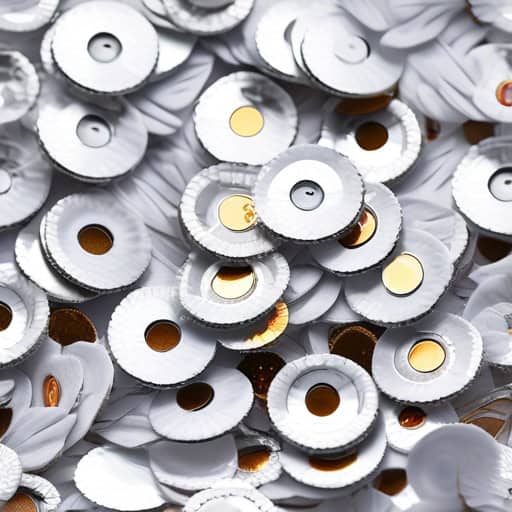
- Her dress was covered in shimmering sequins that caught the light as she twirled on the dance floor.
- I added sequins to my handmade cards to give them a touch of elegance and glamour.
- The sequins on her jacket sparkled like stars in the night sky.
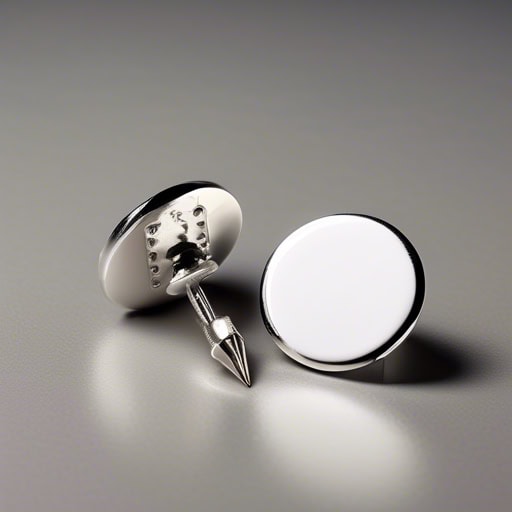
- Brads are a fun way to add a pop of color to your scrapbook pages.
- I love using brads to create dimension and visual interest in my projects.
- The shiny brads really make my layout stand out and catch the eye.
Quick Facts
- Scrapbooking is a popular hobby that involves creating personalized albums by combining photos, memorabilia, and decorative elements.
- The earliest known form of scrapbooking dates back to the 15th century, when people would compile “commonplace books” filled with poems, quotes, and illustrations.
- Scrapbooking became more mainstream in the 1980s with the introduction of acid-free paper and adhesive, which helped preserve photos and memorabilia for longer periods of time.
- There are various styles of scrapbooking, including digital scrapbooking, which allows people to create albums on their computers using design software.
- Scrapbooking is not only a creative outlet, but it also serves as a way to preserve memories and document important events in one’s life.
